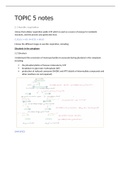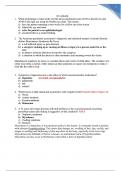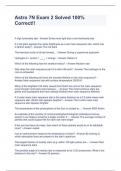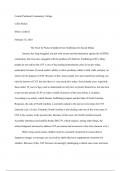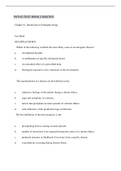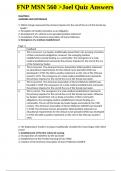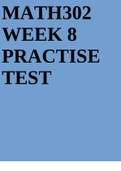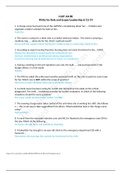Summary
Summary Energy for Biology Processes
- Institution
- PEARSON (PEARSON)
A summary of TOPIC 5 Biology B edexcel course, including respiration and photosynthesis. The notes are written from the spec point, with a full explanation under the heading. This document got me an A* so I recommend!
[Show more]
